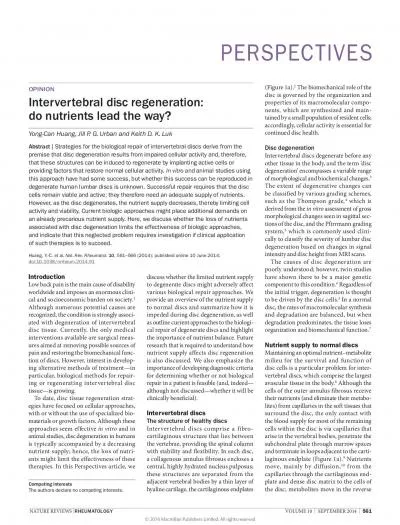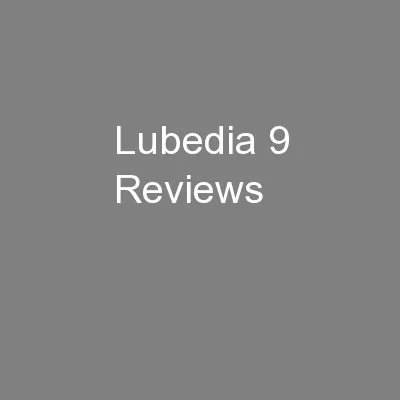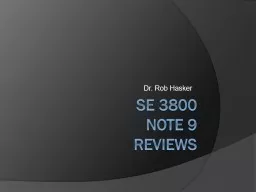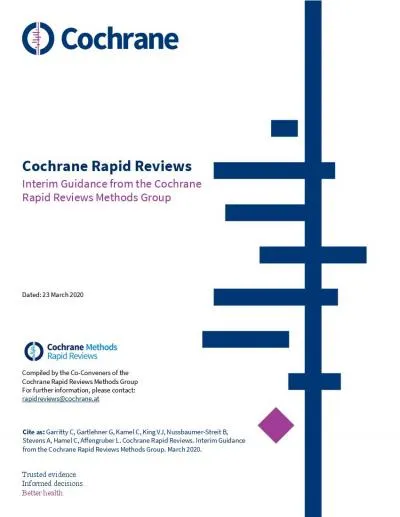PDF-NATURE REVIEWS
Author : ashley | Published Date : 2022-09-05
RHEUMATOLOGY VOLUME 10 SEPTEMBER 2014 561 Introduction Low back pain is the main cause of disability worldwide and imposes an enormous clini cal and socioeconomic
Presentation Embed Code
Download Presentation
Download Presentation The PPT/PDF document "NATURE REVIEWS" is the property of its rightful owner. Permission is granted to download and print the materials on this website for personal, non-commercial use only, and to display it on your personal computer provided you do not modify the materials and that you retain all copyright notices contained in the materials. By downloading content from our website, you accept the terms of this agreement.
NATURE REVIEWS: Transcript
Download Rules Of Document
"NATURE REVIEWS"The content belongs to its owner. You may download and print it for personal use, without modification, and keep all copyright notices. By downloading, you agree to these terms.
Related Documents














